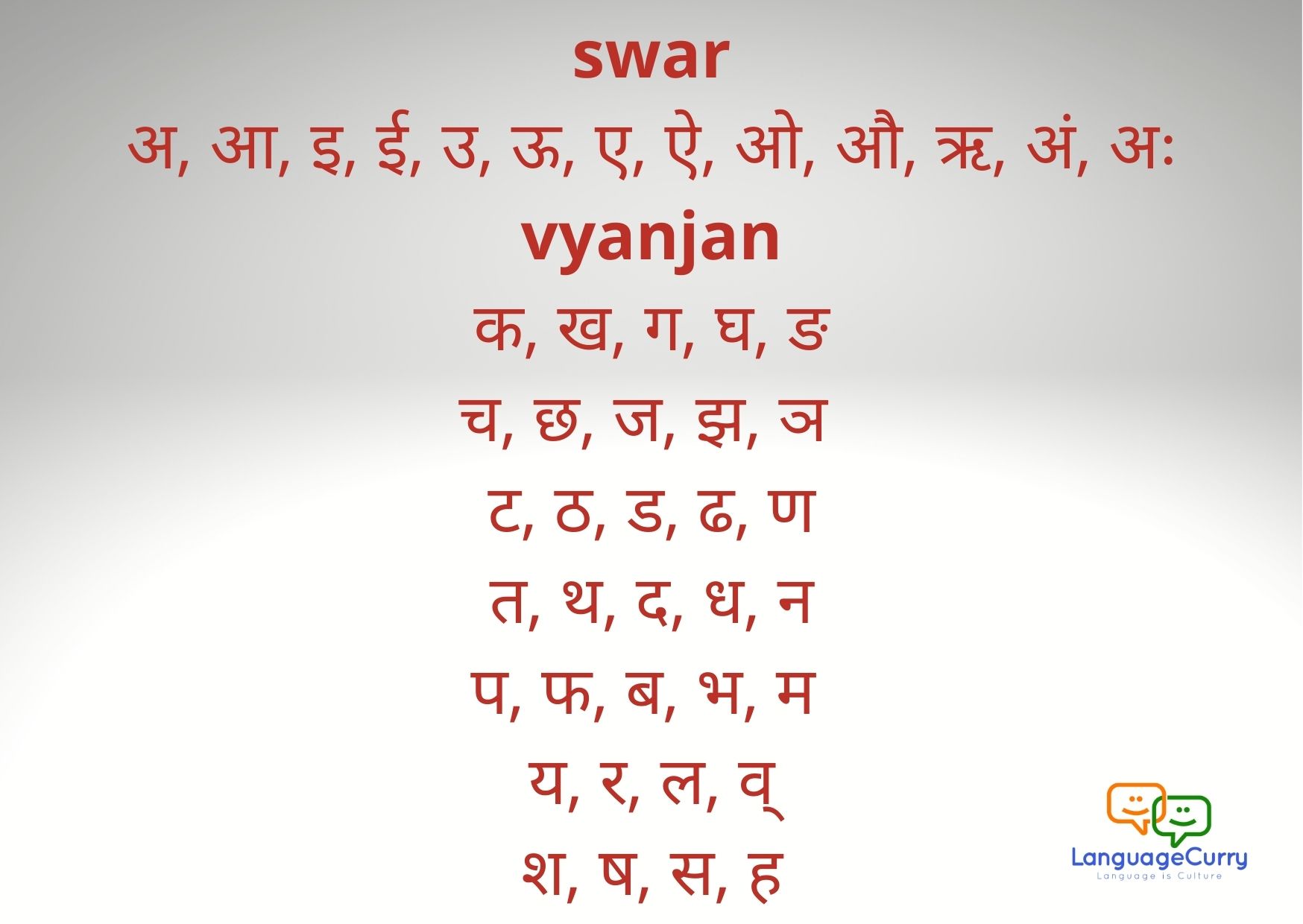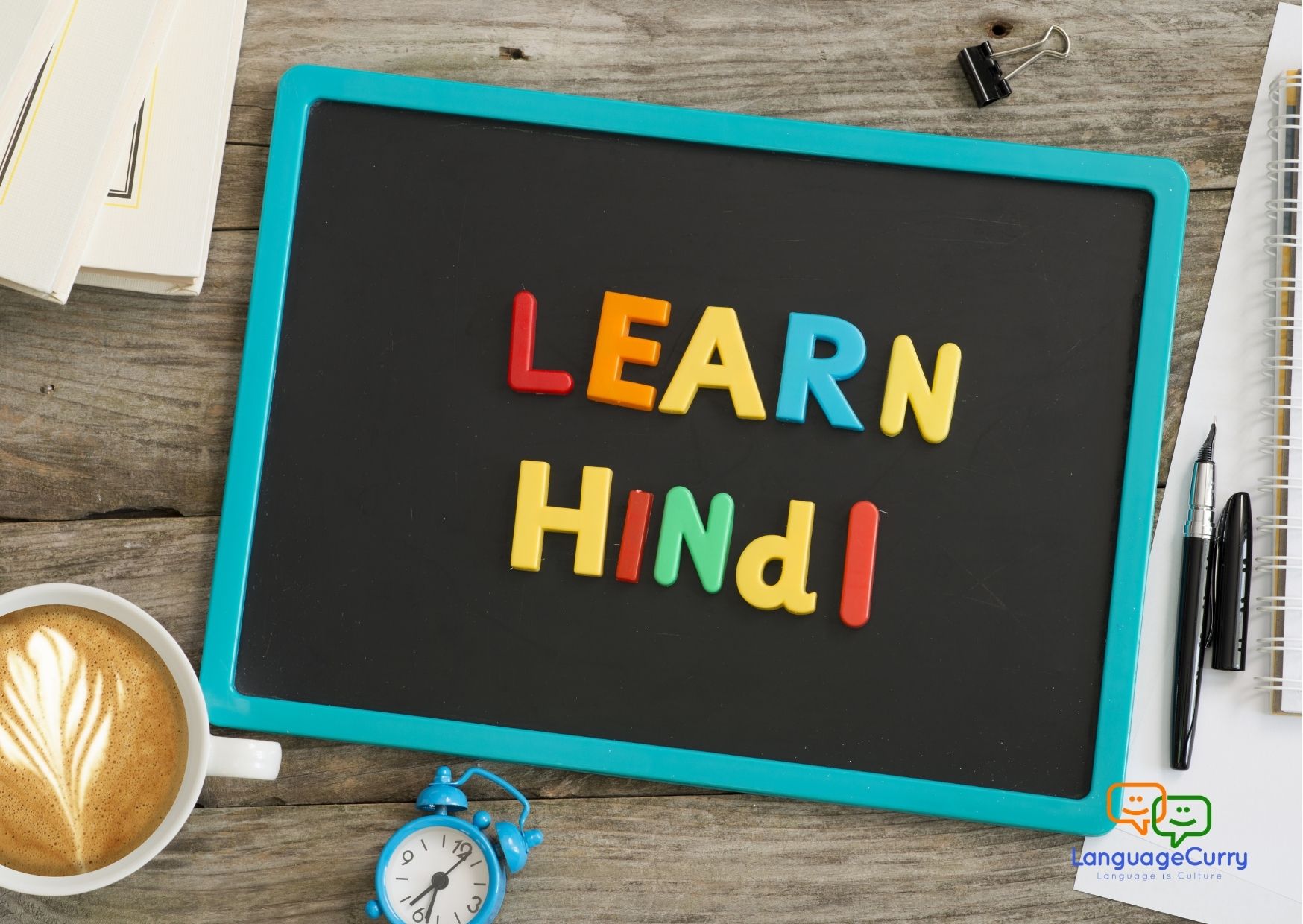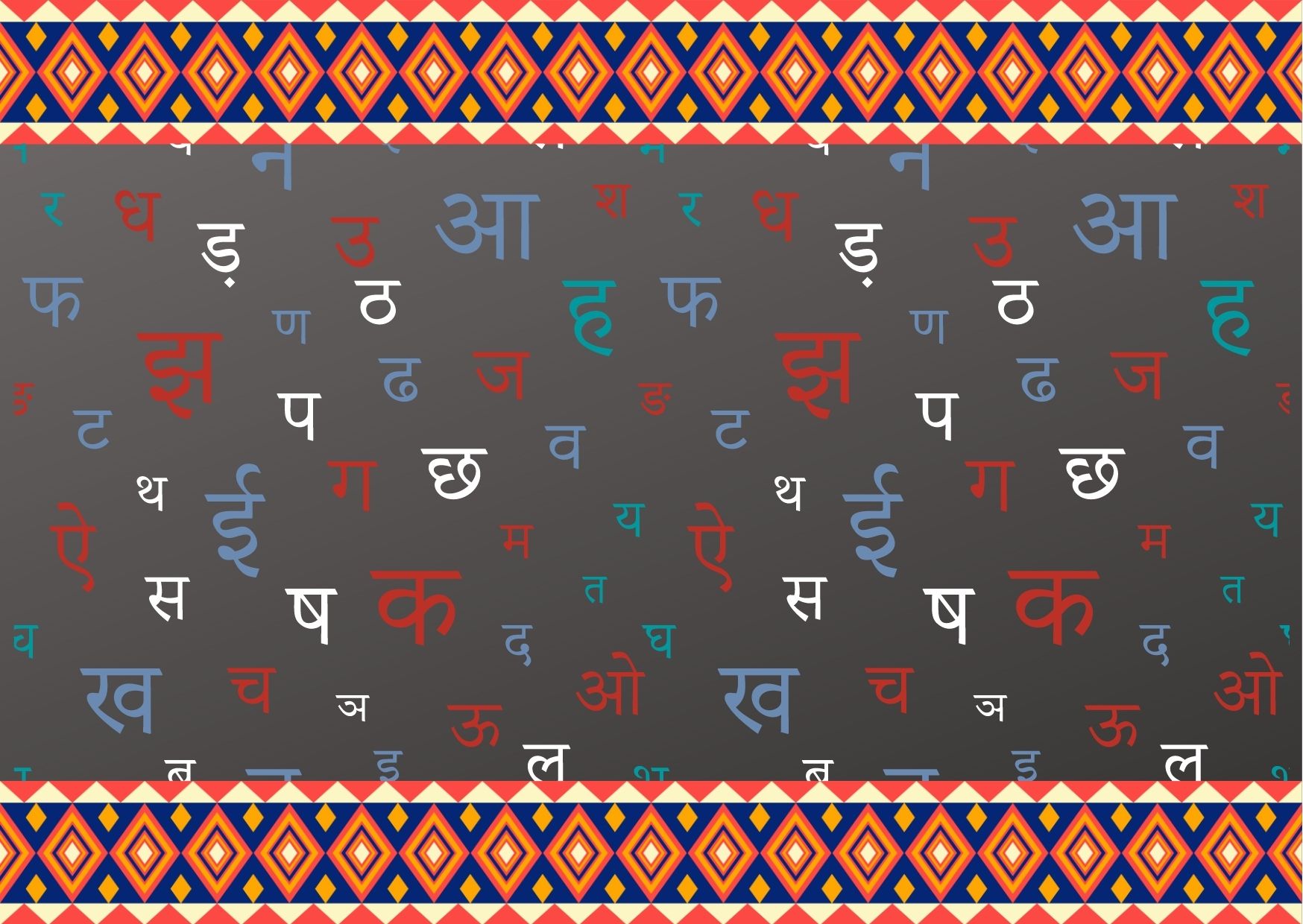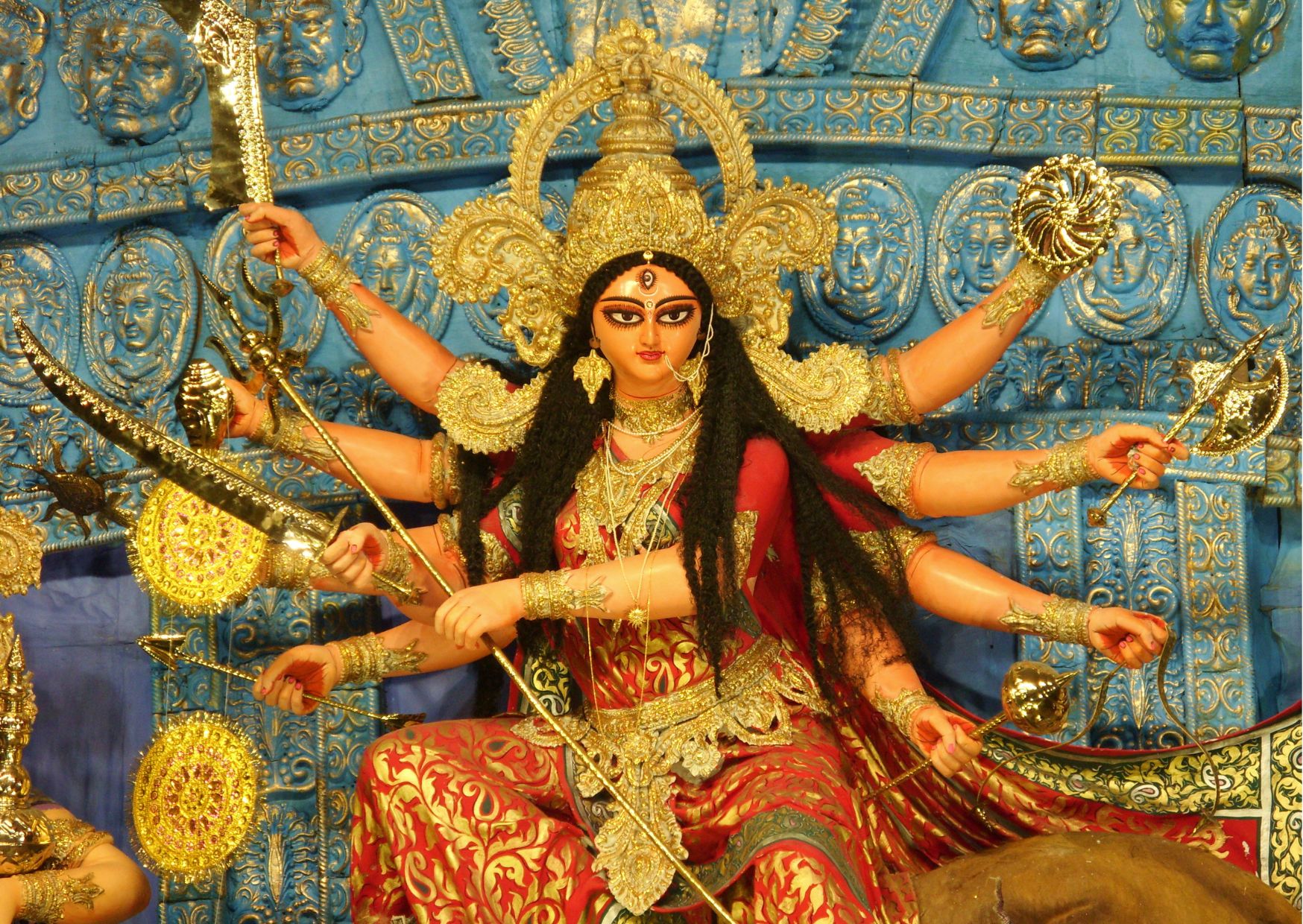Varn Vichaar: the Hindi alphabets - swar and vyanjan
Hindi is the 4th most widely spoken language in the world.
Varna-Vichaar
Phonology
Hindi is the 4th most widely spoken language in the world. It has deep historical roots and is connected to almost every language today, making it an exciting language to learn. Knowing grammar is essential for fluency in any language. And grammar begins with an introduction to the alphabet!
Hindi grammar begins with learning the Hindi alphabet or Varnamala. Those fundamental and subtlest forms of sounds which cannot be further divided are called Varnas and their sequential order is called Varnamala. The verbal form of the alphabet is called Dhwani (sound) and the written form is called Varna (letter). Hindi is written in the Devanagari script.
Because Hindi is highly phonetic, you can predict a word’s pronunciation from its written form. There are 52 varnas in the Hindi Varnamala, each with its unique, independent sound that is pronounced exactly the same way it is written. The Varnas are broadly classified into Swar (vowels) and Vyanjan (consonants). Let us learn more about them in this post.

SWAR (Vowels)
Those letters which are pronounced independently without the help of any other letter are called swar. A Hindi Varnamala consists of 13 swars:
अ, आ, इ, ई, उ, ऊ, ए, ऐ, ओ, औ, ऋ, अं, अः
(a, ā, i, ī, u, ū, e, ai, o, au, ṛ, aṃ, aḥ)
Out of these 13, 10 are known as swar, 1 is ardh swar and 2 are called anuswar.
Swar: अ, आ, इ, ई, उ, ऊ, ए, ऐ, ओ, औ (a, ā, i, ī, u, ū, e, ai, o, au)
Ardh-swar: ऋ (ṛ)
Anuswar: अं, अः (aṃ, aḥ)
Types of Swar based on pronunciation:
· ह्रस्व स्वर (Hrasva swar): These swar are also called mool swar (root vowels). It takes a certain amount of time to pronounce them. Like अ, इ, उ
· दीर्घ स्वर (Dirgh swar)– They are long sound swar. Their pronunciation takes twice as long as the root vowel. Like आ, ई, ऊ, ए, ऐ, ओ, औ
· प्लुत स्वर (Plut swar)- The pronunciation of the plut vowel takes three times as long as the root vowel. Like रा ऽ-ऽ ऽ म, ओउम्।
VYANJAN (Consonants)
Vyanjan is a letter that cannot be pronounced without the help of a vowel sound. In Hindi Varnamala, there are 39 vyanjan. They can be classified as:
स्पर्श व्यंजन (Sparsh vyanjan): Sparsh vyanjan are those consonants whose pronunciation is performed with the tongue touching the original pronunciation places (larynx, palate, pharynx, teeth, lips). The first five groups of vyanjan (25) fall in the category of Sparsh vyanjan.
· कवर्ग: क, ख, ग, घ, ङ (ka, kha, ga, gha, ṅa)
· चवर्ग: च, छ, ज, झ, ञ (ca, cha, ja, jha, ña)
· टवर्ग: ट, ठ, ड, ढ, ण (ṭa, ṭha, ḍa, ḍha, ṇa)
· तवर्ग: त, थ, द, ध, न (ta, tha, da, dha, na)
· पवर्ग: प, फ, ब, भ, म (pa, pha, ba, bha, ma)
अंतःस्थव्यंजन (Antahstha vyanjan): Antah means 'within'. The consonants that do not touch any part of the mouth when they are pronounced, that is, they are pronounced from inside the mouth, are called Antahstha vyanjan. There are 4 Antahstha vyanjan य, र, ल, व् (ya, ra, la, v)
ऊष्म व्यंजन (Ushma vyanjan)- Consonants that produce heat while being pronounced are referred to as ushma vyanjan. They are also 4 in number श, ष, स, ह (śa, ṣa, sa, ha).
संयुक्त व्यंजन (Sanyukt vyanjan)- The consonants which are formed by the combination of two consonants are called sanyukt vyanjan.
क्ष (क् + ष) kṣa (k + ṣa)
- (त् + र) tra (t + ra)
- (ज् + ञ) jña (j + ña)
- (श् + र) śra (ś + ra)
Dependent Vowels
In Hindi, the vowels have a dependent form called matra (मात्रा). Each swar has a definite symbol called Matra (मात्रा). They cannot be written alone and have to be accompanied by a consonant.
आ (ा), इ (ि), ई (ी), उ (ु), ऊ (ू), ऋ (ृ), ए (े), ऐ (ै), ओ (ो), औ (ौ)

Languages throughout the world have their own alphabets. Literature in any language is based on this foundation. Ensure that you memorize the entire Hindi Varnamala so that you can better understand the grammar.



